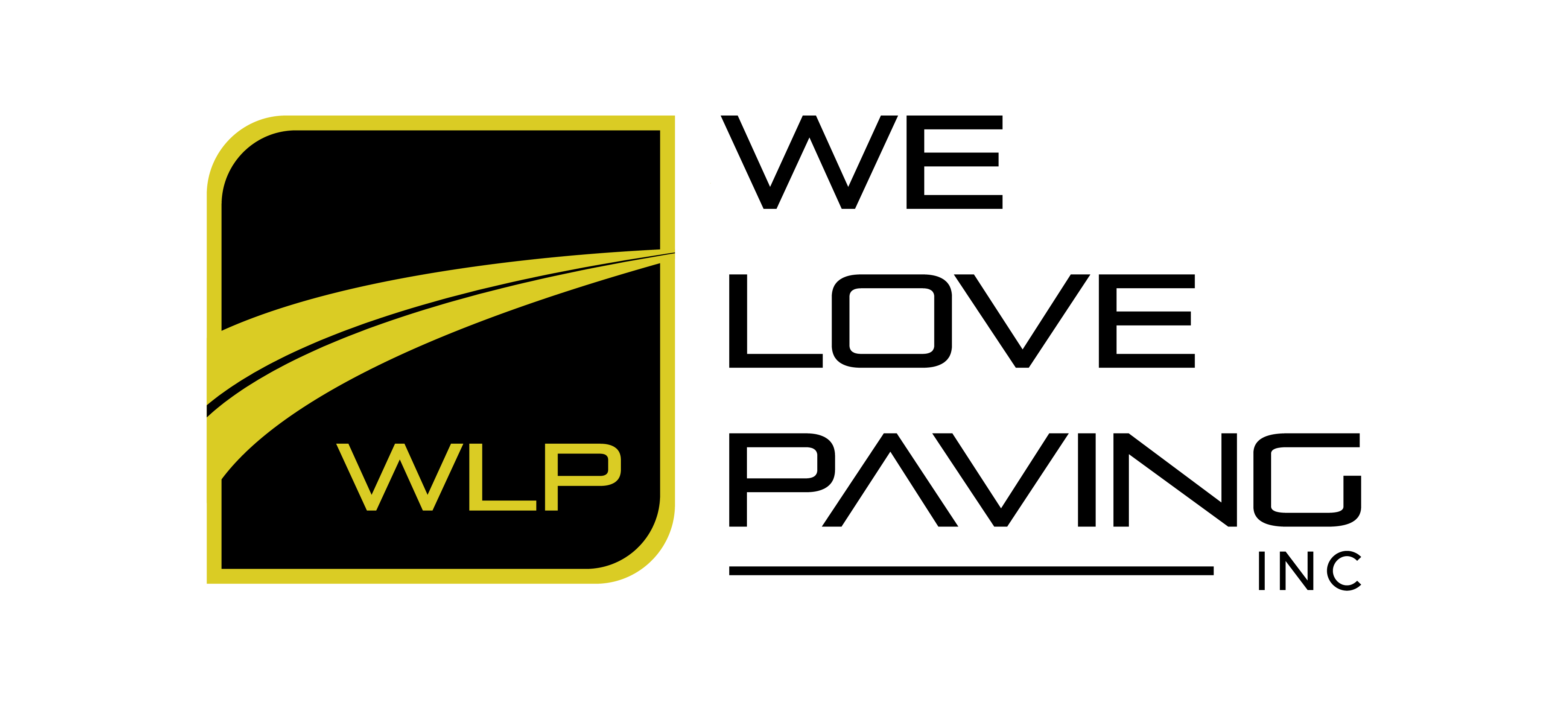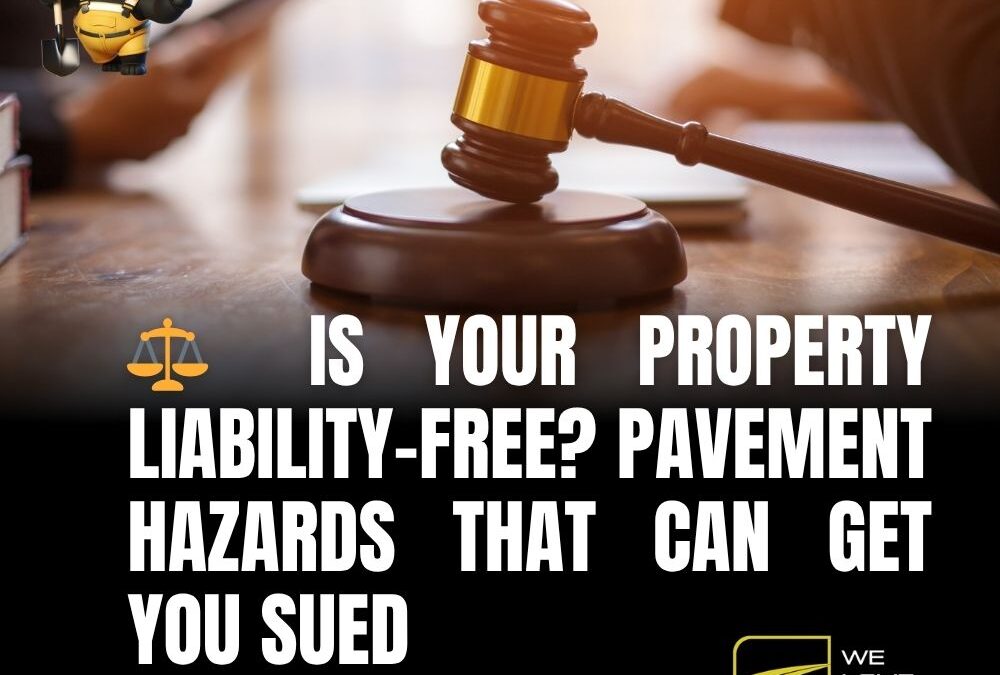When most property owners think about liability, they picture insurance policies — not parking lots.
But the truth is, asphalt is one of the biggest hidden risks on your property.
Cracks, faded striping, potholes, and uneven surfaces can all lead to injuries, vehicle damage, and ADA violations — and that means lawsuits.
Let’s break down the most common pavement hazards that can get you into legal trouble, and how to prevent them before they happen.
🚶♀️ 1. Trip-and-Fall Hazards
Small cracks or dips might seem harmless, but to a tenant or visitor, they’re a trap.
Under premises liability law, property owners are responsible for maintaining safe walking surfaces.
If someone trips over a crack, raised edge, or uneven patch — you could be held liable for:
-
Medical expenses
-
Lost wages
-
Pain and suffering
-
Legal fees
💡 Tip: Schedule regular inspections to catch surface changes before they cause accidents.
🚗 2. Potholes and Vehicle Damage
Potholes don’t just damage cars — they damage your reputation.
Even one complaint on Google or a tenant review about “dangerous parking conditions” can cost you far more than a repair.
Legally, if a pothole causes an accident and the owner was aware of it but failed to fix it, the property can be found negligent.
💡 Tip: Fix potholes as soon as they appear. Patching costs a fraction of what a lawsuit or insurance claim would.
♿ 3. ADA Non-Compliance
The Americans with Disabilities Act (ADA) requires that all public and commercial properties provide accessible parking and routes.
Violations can include:
-
Incorrect slope or ramp angles
-
Faded handicap striping or signage
-
Uneven transitions between ramps and surfaces
-
Missing van-accessible spaces
Fines start around $5,000–$10,000 per violation, not counting the cost of reconstruction and legal defense.
💡 Tip: Re-stripe and re-sign every 2–3 years to maintain compliance.
🌧️ 4. Poor Drainage and Standing Water
Water pooling on your pavement isn’t just inconvenient — it’s a sign of structural failure.
When water doesn’t drain properly, it penetrates the asphalt base, softens it, and causes premature cracking.
Slippery conditions from puddles can also cause slip-and-fall claims, especially in shaded or high-traffic zones.
💡 Tip: Include drainage checks in every maintenance plan. Preventing water damage is much cheaper than rebuilding a collapsed base.
🚧 5. Faded Striping and Lack of Visibility
When lines, crosswalks, and directional arrows fade, accidents become more likely — and so does liability.
Property owners can be held responsible for unsafe traffic flow or poor visibility that leads to collisions, especially in shared parking lots or HOAs.
💡 Tip: Re-stripe every 2–4 years, depending on traffic volume and sun exposure.
🧠 The Legal Bottom Line
Neglecting pavement maintenance isn’t just bad for business — it’s a liability time bomb.
The good news? Every risk listed here is 100% preventable with a proactive maintenance plan.
At We Love Paving, we help property managers and HOAs:
✅ Identify potential ADA and liability hazards
✅ Create affordable preventive maintenance plans
✅ Keep properties safe, compliant, and looking sharp year-round
✅ The Smart Move
Don’t wait until a resident or visitor files a claim.
Start with a free pavement inspection and know exactly where your risks are.
📅 Book your free liability-check inspection today — and keep your property compliant, safe, and lawsuit-proof.

